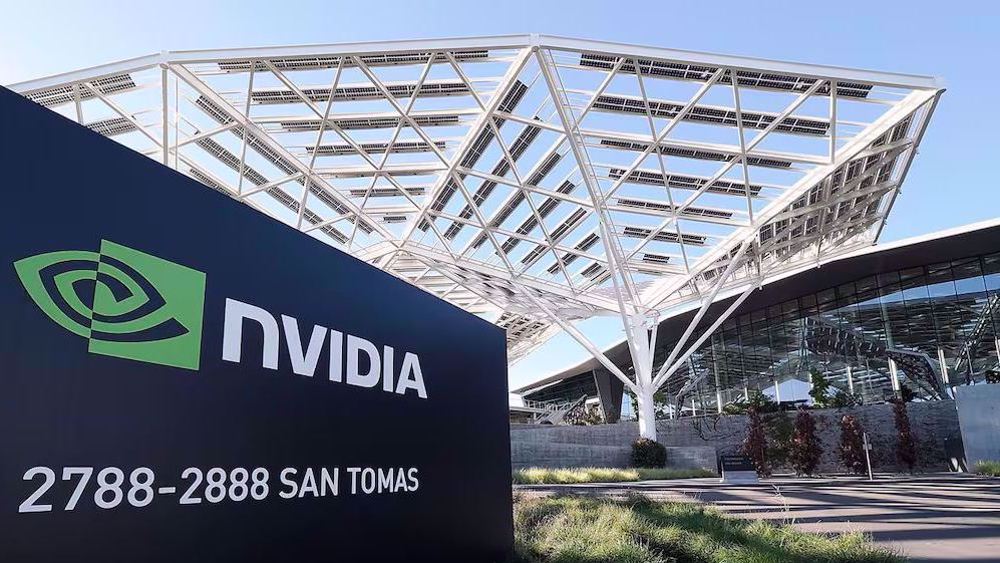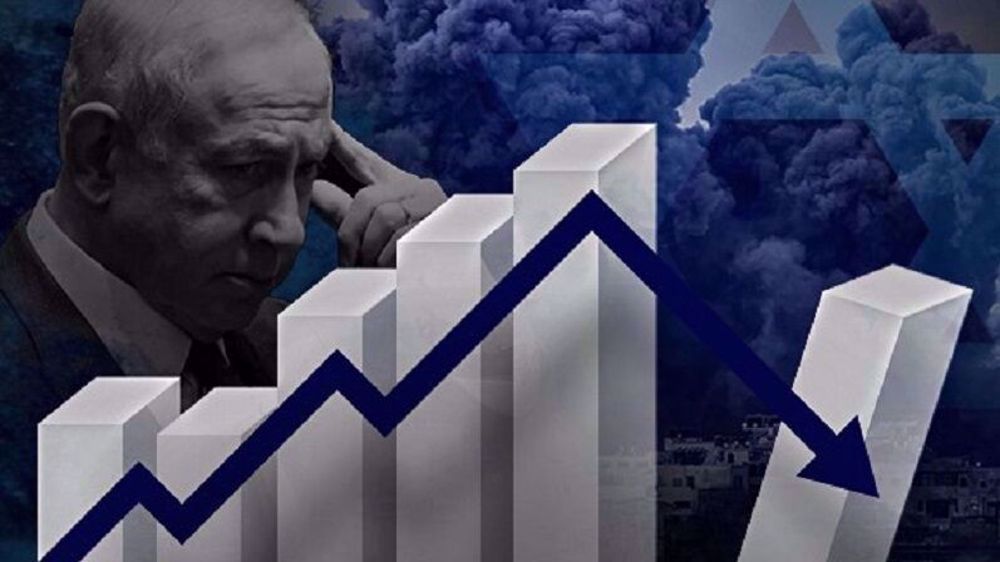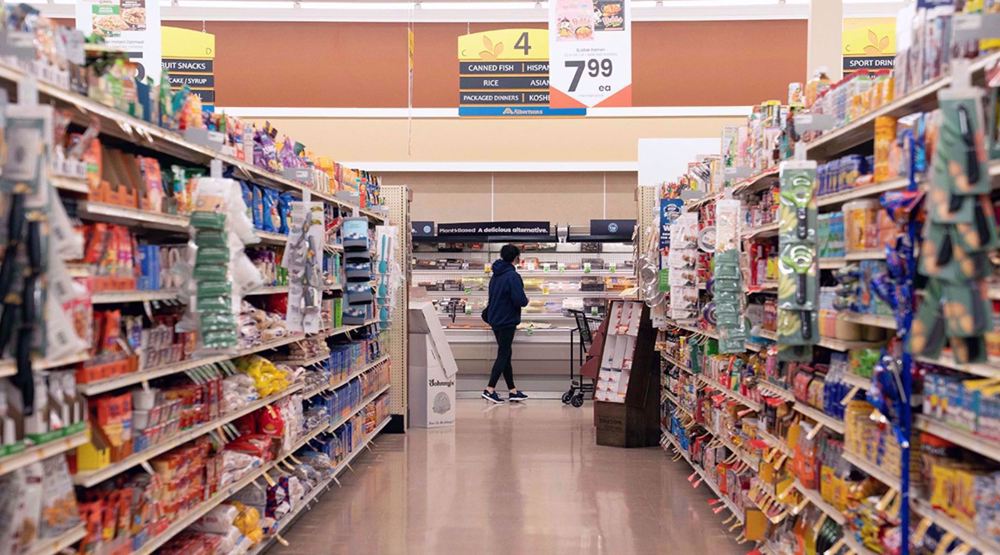Belarus economic realities
On Sunday, 9th August 2020, Belarusians went to the polls to elect their President. The main two candidates were the incumbent Alexander Lukashenko, who has been in power since 1994, and Svetlana Tsikhanouskaya, a former English teacher who stood in at the last minute to replace her arrested husband, Sergei Tikhanovsky.
The results of the election saw the incumbent President, Lukashenko take 4.6 million votes, equating to 80% of the popular vote, compared to just under 600,000 votes for Tsikhanouskaya, equating to around 10% of the vote. The remaining votes went to other independent candidates, giving Lukashenko a landslide victory.
However, the results did not appear to appease the minority of people who supported the challenger, and has since seen multiple protests take place across Belarus, with marches being held on a regular basis demanding that Lukashenko step down due to a rigged election. This has resulted in some people who are opposed to Lukashenko walking out of some of the nations largest companies, from Potash production workers, to fertilizer factories oil refineries and teachers, however, in spite of this, production is still around 70% capacity as those in support of Lukashenko hold the various industries together.
Iran halts gas exports to Iraq amid surge in domestic demand
Belgium files to intervene in South Africa’s ICJ genocide case against Israel
Netanyahu appears in court for 65th time in ongoing corruption trial
Iran's government submits $111bn budget bill for year 1405
1.6 million Palestinians face acute food insecurity in Gaza: UNRWA
VIDEO | Free the Palestine hunger strikers in British jails ft. Calla Walsh
VIDEO | Press TV's news headlines
Iranian missile pierced window of Israeli intel chief's office in June, says senior general









 This makes it easy to access the Press TV website
This makes it easy to access the Press TV website